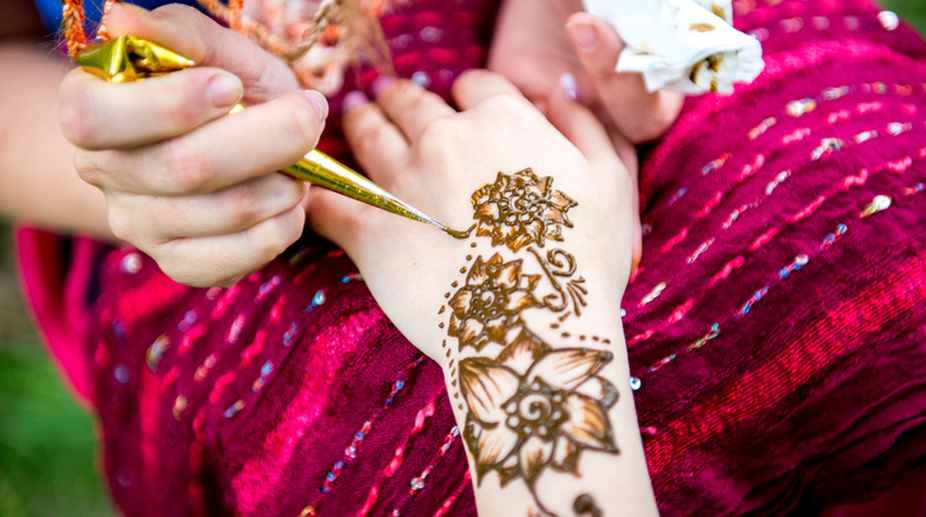Five ways to build a lucrative career as a niche beauty specialist
The beauty industry has always been a beacon for creativity, self-expression, and personal transformation.
As festive time is here, know all about the art of applying mehndi to beautify your hands and feet, and more.

(Photo: Getty Images)
The Mehndi rush during festive time is an exciting thing to witness. Now that it’s festive time, the mad rush for applying Mehndi or Henna to decorate hands and feet has begun. This traditional Indian herbal beauty art form used during festive occasions symbolises happiness and beauty.
1. This ancient beauty art is said to be over 7000 years old and originated from ancient Indian subcontinent.
Advertisement
2. Since olden times, it has been widely used in India, Pakistan, Africa, and Arabian countries to decorate hands, legs, shoulders, back, and chest.
Advertisement
3. Traditionally, it is applied during weddings, religious events, traditional ceremonies and celebrations.
4. Today, this eastern beauty practice is adopted worldwide and popularised as a fashion statement.
5. Often, Mehndi are applied by professional henna artists.
6. The paste of dark green Mehndi which colour today is popularly identified as ‘Mehndi green’ are made of leaves of henna plant.

1. The leaves are dried and crushed into fine powder and made into creamy paste by adding water.
2. The henna paste is applied on skin with the help of a plastic cone and beautiful designs are created and are made to dry for an hour.
3. When the paste starts drying and begins to crack a mixture of lemon juice and sugar is applied over the henna design to re-moisten it so that henna will stain darker.
4. The mehndi area is covered with a plastic wrapper to lock in the body heat to create more intense colour on the skin. It is worn for five to six hours.
5. When the henna is removed, the mehndi colour appears pale or dark orange. The stain darkens through oxidation over the course of 24 to 72 hours.
6. The final colour is reddish brown that can last for two to four weeks depending upon the care a person does to last it for long.
7. Moisturising the hands with natural oils like coconut olive or sesame oil extends the duration of the stain. These days glitters and stones are also used to decorate mehndi designs for that glamorous look.
Warning: Wanting to make it look like a tattoo some people add synthetic dye-p-phenylenediamine PPD to henna to give it a black colour. PPD may cause serious skin allergies.
This art form can be categorised as Arabic mehndi, Indian mehndi, and Pakistani mehndi. All the three forms look absolutely stunning.
Mehndi has medicinal qualities. It has natural cooling properties. People living in desert areas have been using henna to cool their bodies for centuries. It is used for decorating body and to dye the hair by a natural product having no side effects too.
One of the most important traditions in Indian weddings is the Mehndi Night, where the bride, the groom, their relatives, family and friends get together to celebrate the wedding. The whole night, they dance, listen to music, play games like antakshari and get henna patterns done on their palms and feet. This generally takes place on the night prior to the wedding day.
The bride gets extensive henna patterns done on her hands till her elbows or shoulders and feet that go up to her knees. The bridal patterns take hours and are often done by multiple skilled henna artists. Tradition holds that for as long as the henna stain appears on the hands the bride does not have to do any household work. Also it is believed that the darker the stain the better will be the marriage and more will she be loved by her husband. So every bride does her best to get the colour as dark as possible.
Advertisement